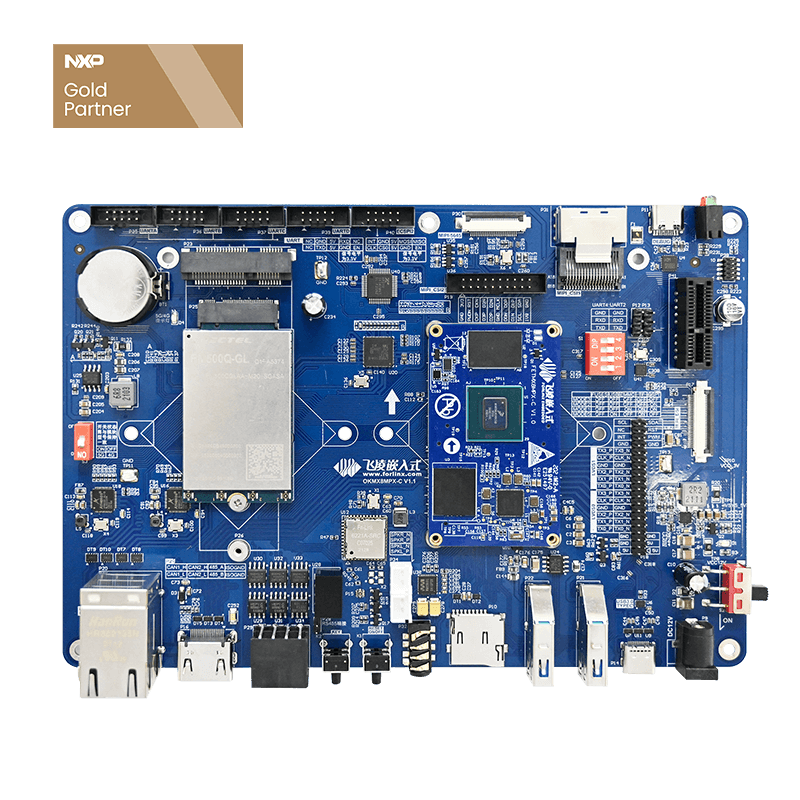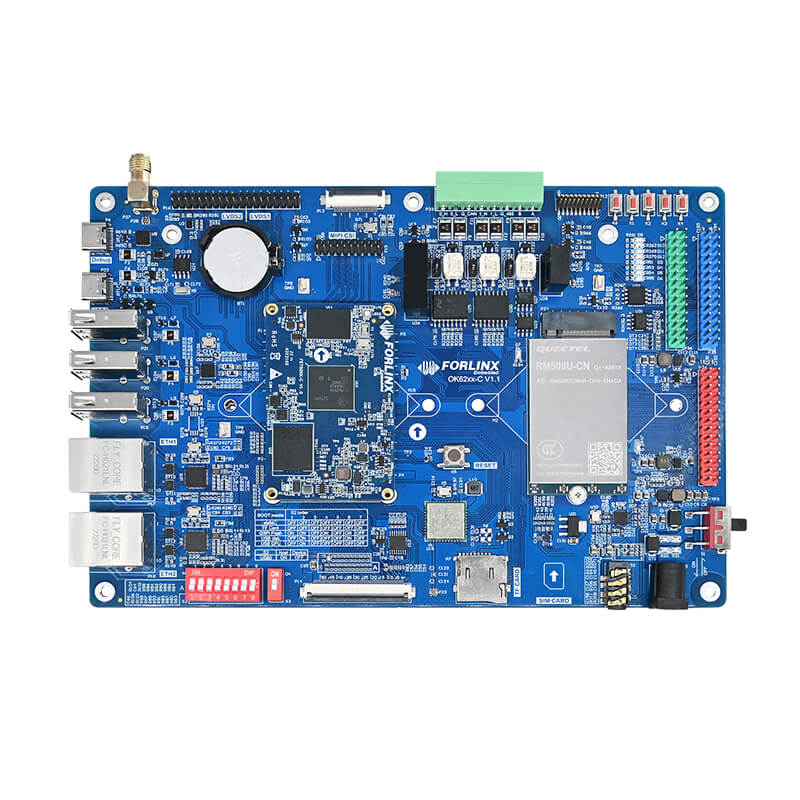
System on Module VS Single Board Computer
Single Board Computer (SBC) is a circuit board for embedded system development, including hardware components such as CPU, memory, input device, output device, data path/bus and peripheral interfaces. During embedded system development process, hardware is generally divided into two platforms, one is development platform (host), and the other is target platform (target), which is Single Board Computer. The development platform described here refers to using a computer to connect with target platform by a transmission interface, such as serial port (RS-232), USB, parallel port, or network (Ethernet).
The following are difference between System on Module(SoM) and Single Board Computer, and the role of SBC.
What is the Difference Between SoM and SBC?
1. Definition and component
SBC is a circuit board for embedded system development. It consists of input device, output device, memory, data path/bus, CPU, and peripheral interfaces.
SoM is an electronic module that packs and encapsulates core functions of MINI PC. Most of SoMs integrate CPU, memory and pins, connected with matching carrier board via pins to realize a system-on-a-chip for certain field.
iMX8M Plus System On Module(SoM)
2. Functions
SBC is for beginners to understand and learn hardware and software of system. Some SBCs also provide a basic integrated development environment, software source code and hardware schematics. It is an embedded board for R&D and learning. The most important, SBC can be made according to user needs, or researched and designed by user himself.
SoM integrates general core functions. Various carrier boards can be customized based on it, which improves development efficiency. In addition, SoM is separated as an independent module, so it also reduces development difficulty and increases stability and maintainability of system.
Why use SBC for embedded product development?
We described the advantages of SoM in " What is the Difference Between SoM and SoC?". ARM embedded SoM has three characteristics: small size, low power, and high performance. Support Thumb (16-bit)/ARM (32-bit) dual instruction set, which are well compatible with 8-bit/16-bit components; a large number of registers are used, and instruction execution speed is faster; most data operations are completed in registers; addressing is flexible and simple, and execution efficiency is high; instruction length is fixed. The following are SBC's advantages.
- 1. SBC is generally used for learning. It has designed common circuits for learners. Learners do not need to make their own circuit boards, nor do they need to purchase components, solder and assemble.
- 2. SBC is mostly related to microprocessors. Some typical programs for various applications are designed on it for learners to test and learn.
- 3. SBC can effectively improve learning efficiency and shorten research and development progress.
To choose SoM or SBC depends on specific project needs and product sales.
Forlinx's SoMs come with ready-to-use operating systems, common development environment, framework, and integration with third-party software. Connectors are available for all interfaces. It can connect SoM to your carrier board. Interfaces can be connected to connectors or application specific components on carrier board.
You can search for SoM or SBC that suits your needs on our web. Or directly tell us your needs online, our sales engineer will recommend products that suit you.
Forlinx provides product manuals, software and hardware resources.





